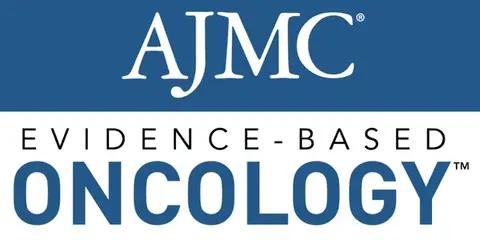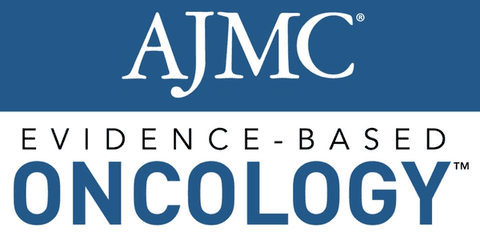Article
Study Shows Women Could Benefit From Mammography Screening at Age 30
Author(s):
In a study presented at the annual meeting of the Radiological Society of North America (RSNA), researchers found that starting mammography screening at age 30 may benefit women with at least 1 of 3 risk factors: dense breasts, a personal history of breast cancer, or a family history of breast cancer.
In a study presented at the annual meeting of the Radiological Society of North America (RSNA), researchers found that starting mammography screening at age 30 may benefit women with at least 1 of 3 risk factors: dense breasts, a personal history of breast cancer, or a family history of breast cancer.
According to the American Cancer Society, all women at an average risk should be screened annually beginning at age 45; however, the organization also supports women having the choice to begin annual mammography screenings at age 40.
“Women under 40 have not been the focus of our attention when it comes to breast cancer screening. Everyone is talking about the 40 to 49 range, and not the 30 to 39 age range,” Cindy Lee, MD, assistant professor of radiology at NYU Langone Health, said in a statement.
The study analyzed more than 5 million mammograms performed on more than 2.6 million women between January 2008 and December 2015 across 31 states in the United States. The researchers then compared 4 performance metrics of screening mammography in women between the ages of 30 to 39 with 3 specific risks versus women aged 40 to 49 without these risk factors. The metrics were calculated for each patient age and risk group: cancer detection rate, recall rate, and positive predictive value (PPV) for biopsy recommended and biopsy performed.
“Our study defined ‘increased breast cancer risk’ in a simpler and more inclusive way. Any woman with dense breasts, personal history or family history of breast cancer in any first-degree relative is considered to have increased risk,” said Lee.
Overall, the study found that women aged 30 to 34 and 35 to 39 had similar cancer detection rates, recall rates, and PPVs. Cancer detection rates were significantly higher in women with at least 1 of the 3 evaluated risk factors. Compared with women aged 40 to 44 at an average risk, incidence screening of women in their 30s with 1 of the 3 risk factors demonstrated similar cancer detection rates and recall rates.
“Women with at least one of these risk factors may benefit from screening mammography beginning at age 30, instead of 40,” commented Lee.
Reference
Lee CS, Ashih H, Sengupta D, Sickles EA, Zuley ML, Pisano ED. Risk-based screening mammography for women age <40: outcomes from the National Mammography Database. Presented at the Radiological Society of North America 2018 Meeting. November 28, 2018; Chicago, Illinois. Abstract SSM02-02.





